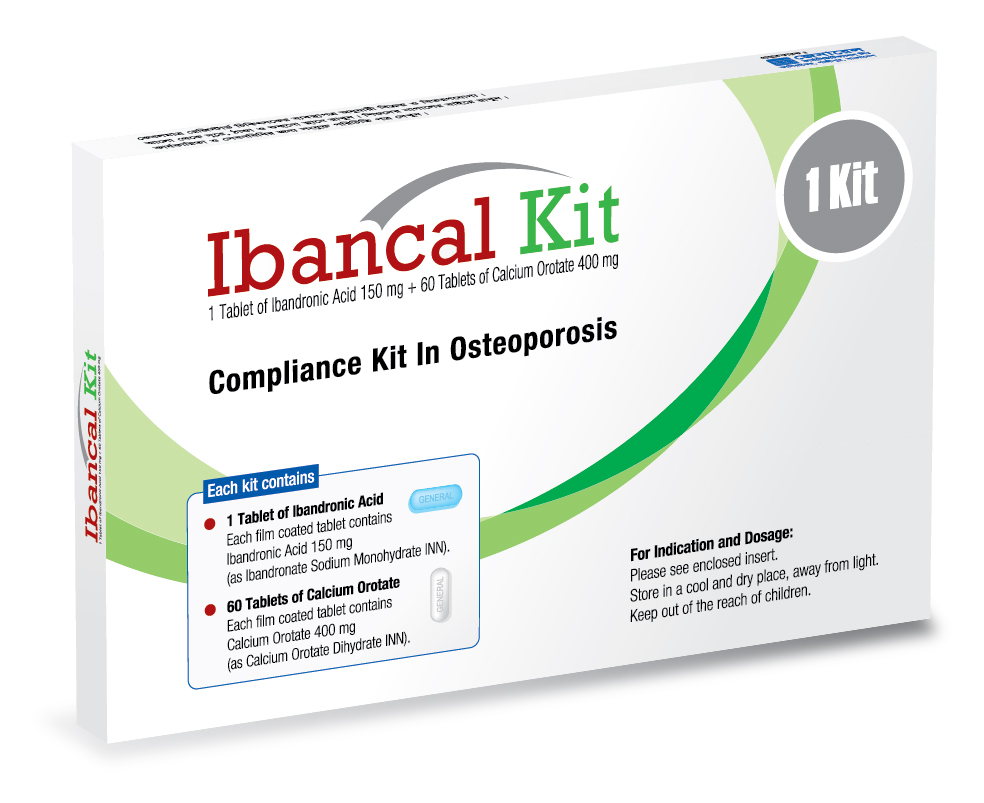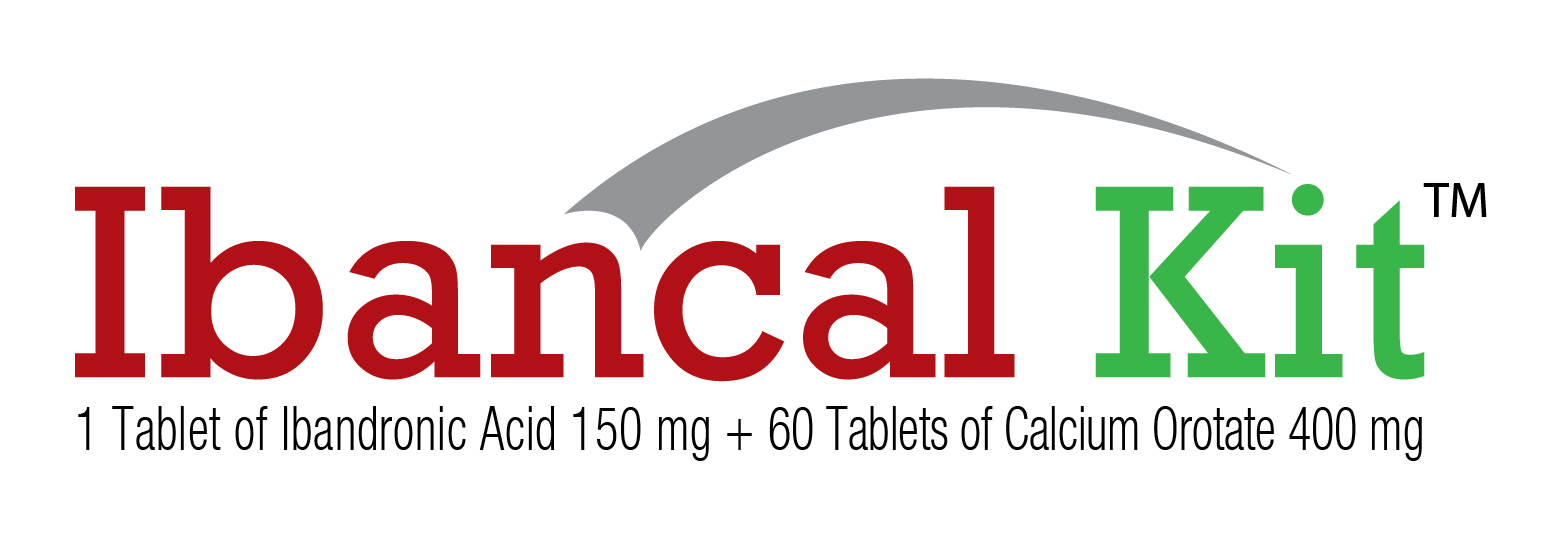

Osteoporosis causes the body to remove more bone than it replaces. This means that bones get weaker. Weak bones are more likely to break. Osteoporosis is a bone disease that is quite common in women after menopause. It also affects men. At frst, osteoporosis has no symptoms, but people with osteoporosis may develop loss of height and are more likely to break (fracture) their bones, especially the back (spine), wrist, and hip bones. Osteoporosis can be prevented, and with proper therapy it can be treated. Ibandronic acid inhibits osteoclast activity and reduces bone resorption and turnover. In postmenopausal women, it reduces the elevated rate of bone turnover, leading to a progressive gain in bone mass. The first line therapy for osteoporosis has been considered to be bisphosphonate and calcium. The sole administration of bisphosphonate reduces bone resorption and facilitates bone mineralization, and calcium is required for bone deposition. Calcium orotate provides maximum therapeutic effect of ibandronic acid and acts as a unique calcium supplement with the functional amino acid chelating ligand orotic acid. The orotic acid and amino acid help in the transport of calcium through cellular membranes increasing the uptake of calcium mainly by osteocytes. Two months of calcium orotate therapy in women with postmenopausal osteoporosis significantly increased serum calcium levels and reduced the symptoms of osteoporosis with no side effects